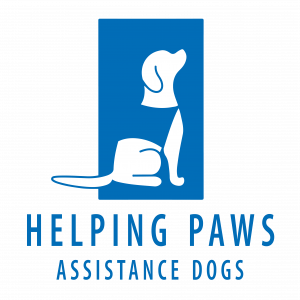Dogs (Still) Making a Difference
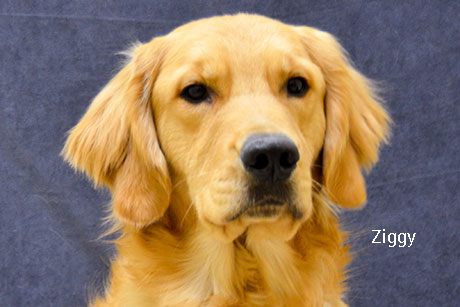
“What happens to dogs who leave the program?” is a fair question people direct toward Helping Paws. Sometimes health issues arise for the dogs or a young dog’s personality fits a different career than the one-on-one focus required for a service dog. No matter the reason, very often the people-pleasing Golden or Labrador Retrievers move on to serve in many other ways. Skills intact, sensitivities on alert, they continue to change lives even as they change careers. We highlight three such dogs below, with full awareness they represent many more who are doing the good deeds good dogs do every day.
Ziggy
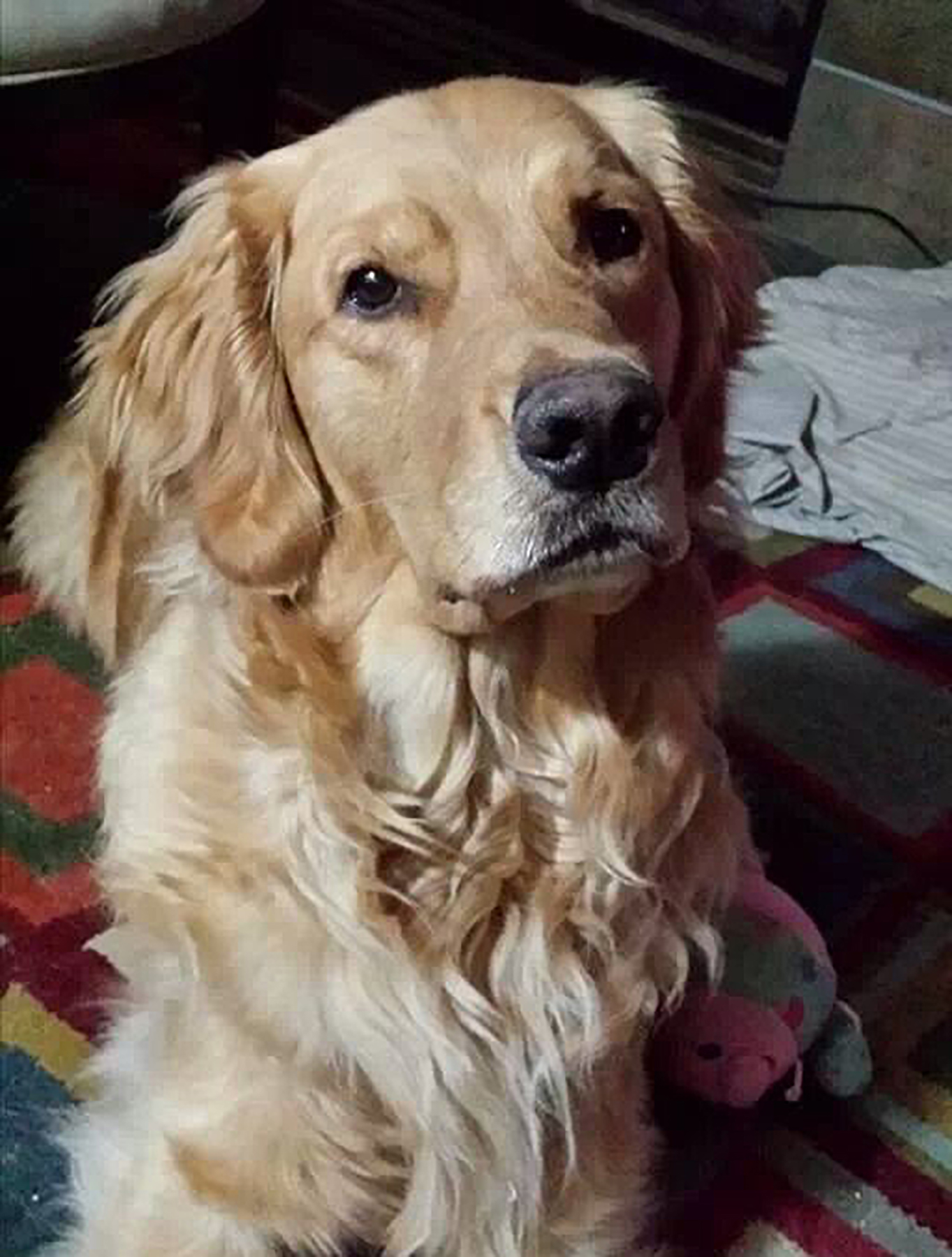
Heike saw the possibilities in the huge-hearted dog (he chooses people rather than dogs when at the dog park) and she trained with him for therapy dog certification. He subsequently began visiting children’s hospitals weekly, entertaining children in their rooms when their parents take a break for dinner. Invited up, he cuddles in bed so securely that everyone else can leave the room while Ziggy stays.
He also joins nursing home residents each Wednesday for bingo games, retrieving the red or blue stampers as needed. Nurses told Heike of one resident who had not arisen out of bed or gone down to dinner for several months as his illness progressed. Ziggy began visiting the resident for 20 minutes each week. After five or six weeks, the resident asked nurses for help to get dressed and ready for dinner, and proceeded to eat together again with other residents. In another instance, Ziggy’s regular visits touched a resident so deeply that he included provisions for Ziggy’s health care in his will.
Heike notes that people of every age get a boost of happiness when Ziggy appears for a visit. “He makes them forget about their illness for a while,” she says.
Belle
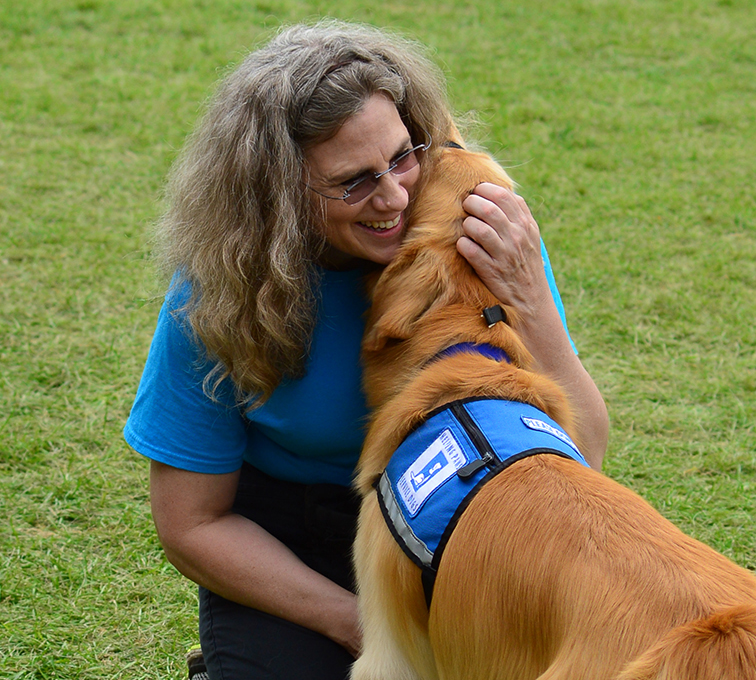
Some years ago Lu Ann Finnegan’s daughter asked if they could get a dog. Feeling the loss of her husband mightily, and anticipating her child leaving for college in a few years, Lu Ann pondered the choices. She offered to dog sit for Helping Paws, to take care of dogs temporarily for a few days at a time. Instead she was persuaded to take on life with Belle, a puppy in need of a Foster Home Trainer. Neither Belle or Lu Ann ever looked back.
Belle found her ultimate calling as a demonstration dog and ambassador for Helping Paws. For nine years, and generally at least once per month, she accompanied Lu Ann to schools, community gatherings, the State Fair, and other large and small public places to show people the skills service dogs can provide. Lu Ann says Belle seems to miss going to work every day, and she “lights up and loves the attention” a demonstration brings with it. Over the years, the Golden Retriever also made clear that she has a favorite cue to demonstrate. “She seems to sense who needs a ‘snuggle’ (a gentle face-to-face hug in dog terms) and makes a beeline to that person,” Lu Ann says. “Sometimes the people cry. It’s a privilege to witness the comfort that Belle can provide.” At a big venue like the State Fair, Belle often chooses to snuggle with someone in a wheelchair. And if Lu Ann, an eloquent advocate for Helping Paws, speaks a bit too long in her dog’s opinion, Belle “grines” (half growls, half whines) to remind her there are visuals—namely, Belle doing her work—to provide as well.
From the start, Belle has been the gift that keeps on giving. “She changed my life,” Lu Ann says. “I know what Belle gives and what I can describe touches someone’s life in a positive way each time. To see the joy that Belle brings reflected in others is such a gift.”
Otis

Lynne began taking Otis to a supplemental education program for autistic children, dropping him off weekly to stay with program staff as they worked with the children. The results were hard to miss: More than one child spoke for the first time because of Otis. Therapists taught the children hand signals that Otis also knew—drop, sit, come—and the children joined those signals with any vocalization they chose. Otis responded to any word paired with the signal he already recognized and the effects of being able to verbally communicate, as the children perceived it, were profound. Lynne tells the story of arriving later than planned one day with Otis by her side, only to have a small girl come flying forward calling “I want Otis with me!” Staff and parents began crying and a slightly bewildered Lynne apologized for being late. That was not at all the full story: The greeting for Otis was the first time this small girl had ever spoken, much less chained words together in a sentence. It was a breakthrough moment brought on by a big dog with a wagging tail and profound capacity to pay attention.
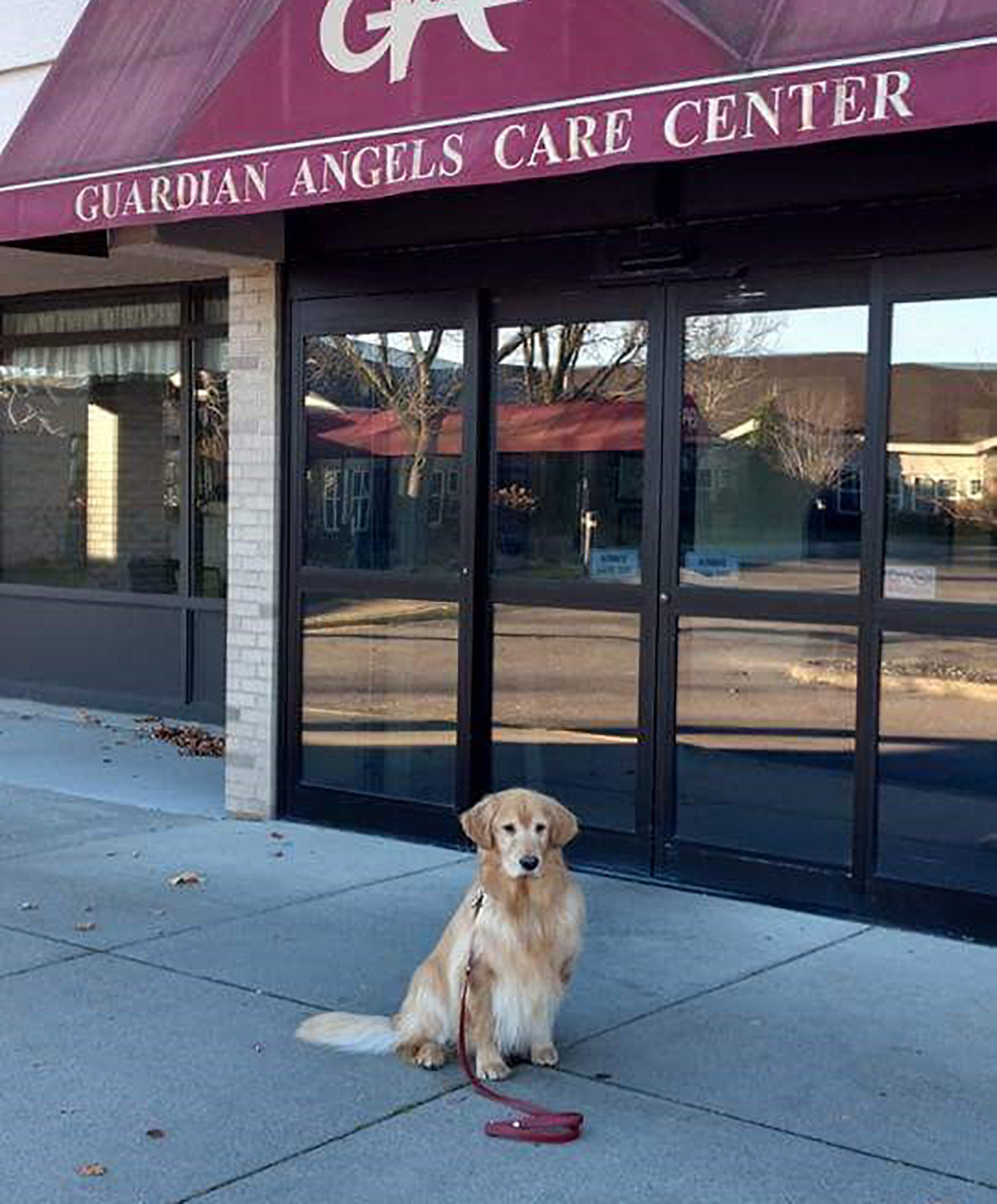
After each visit this dog doing yeoman work would sleep deeply for hours. As Lynne notes, he never took a rest from the emotions of the people who needed him when he was there. When the day finally came for Otis to retire, one of his nurse friends watched him head down the hall for the last time and voiced what everyone else was likely feeling.
“There,” she said, “there goes my heart.”
